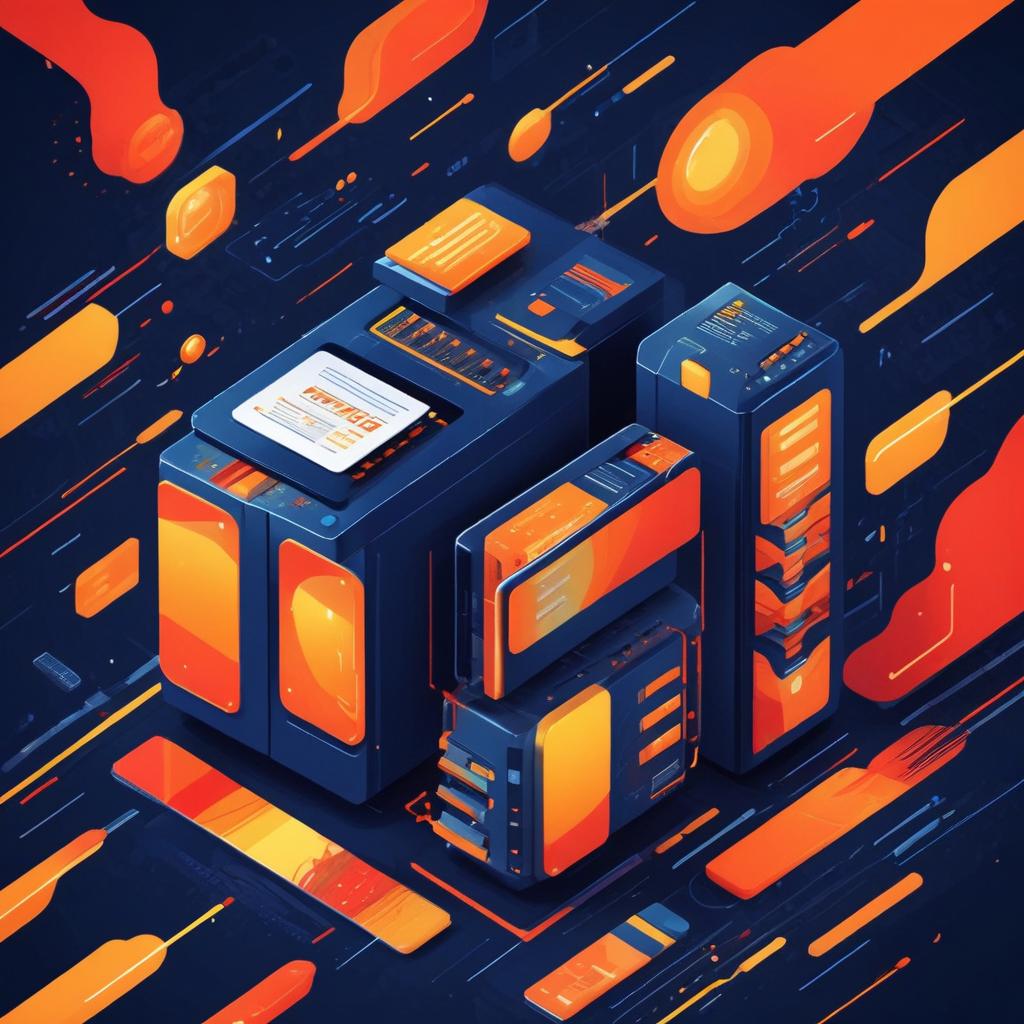Kioxia's UFS QLC: A Leap Forward in Data Storage Technology

Kioxia's recent launch of its USB Flash Drive (UFS) 4.0 embedded flash memory device based on QLC (Quad-level cell) technology has got the technology world on its feet. This device boasts of insane reading and writing speeds of 4200 MB/s and 3200 MB/s respectively that targets the growing mobile market. As our devices and their requirements grow, this record-breaking device will help quench the ever-growing thirst for faster and more efficient solutions.
Tactical Positives
- Speed and Performance: The addition of UFS QLC technology is indeed a game changer considering its fast implementation, boosting its performance Whereas imagine your files transferring pacy, your videos streaming seamless, and your overall experience enhanced.
- Versatility: While the target is phones and tablets, as this tech is focused on small devices, this is also applicable for PCs, the cutting edge of technology including AR and VR with a performance boost. Another win for performance addicts.
- Reduced Initialization Time: Kioxia’s High-Speed Link Start-up Sequence claims to reduce initialization by a whopping 70%. For users that hate waiting and bear the burden of slow start-up devices, this will certainly be a game changer.
Such innovation not only strengthens everyday tasks but could also translate overtime into more output. For someone who has been experiencing lags and delays, this industry seems to provide new hope. However, even with the positives being apparent, further insights call for assessing the bigger picture.
Questions and Considerations
How would you rate your confidence that new storage methods have a life of their own? The increasing dependence on complex memory architectures could raise questions revolving around durability and retention of data. Though Kioxia’s BiCS FLASH 3D technology has its claim of durability, one should ask:
- How do you expect QLC memory to perform overtime versus other existing storage technologies?
- Could increase complexity in flash storage structures lead to more failures than anticipated?
Moreover, there are still possible issues regarding the additional measures of security stated. Advanced Replay Protected Memory Block features provide some additional security, although does it conclusively solve every vulnerability? A case of prior security weakness in such devices will provide more insights into possible vulnerabilities.
After looking at these pricing effects, how do you think the cost of installing such a technology will affect the smaller businesses or individual users? Bringing innovations to Kioxia may be expensive or necessary to enhance just the retrieval operations. Will they feel the pressure, or will they be left behind?
Positive Outlook
It is acceptable to question the real merits of Kioxia’s QLC UFS 4.0 device, but it is equally important to note that the evolution of storage technology should not be ignored. The future of digital storage appears bright with the combination of speed, capacity, and further security enhancements in place.
Most of the people at DiskInternals understand that the processes of data management and its retrieval are becoming critical in both virtual and real worlds. Our most significant task is to avoid data being lost, which may happen regardless of the rapid advancement of technologies. We encourage development that helps improve the handling of data such as Kioxia’s QLC and at the same time try to minimize the other threat brought by this particular advancement.